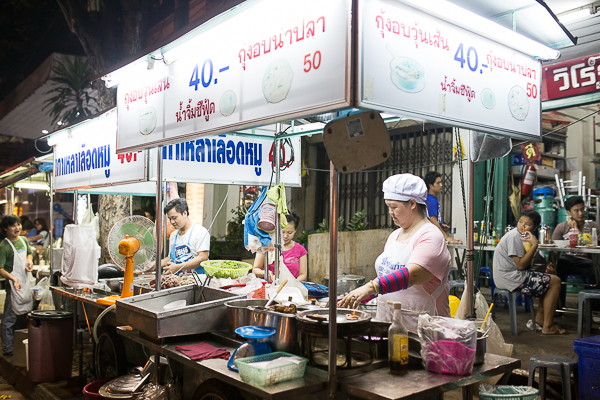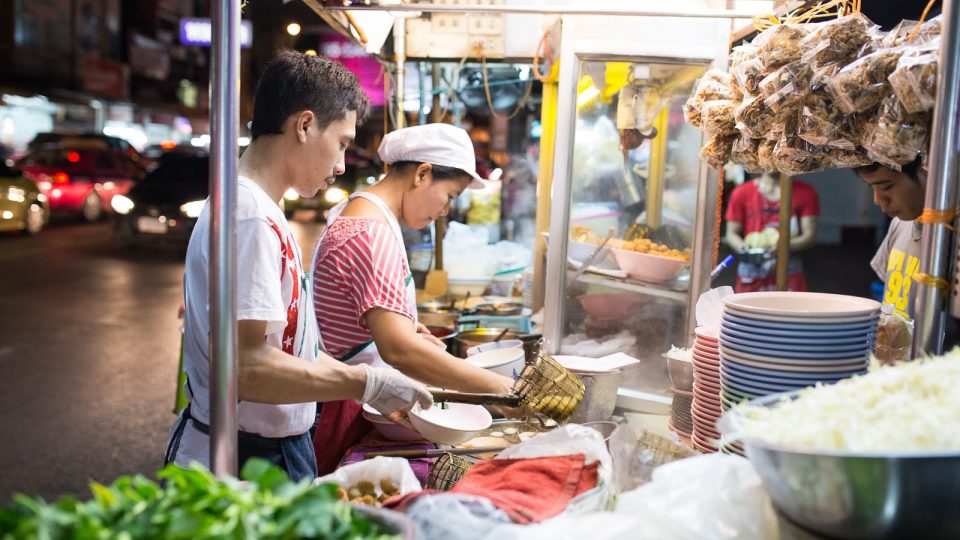The ban on street food in Thong Lor, Ekkamai and Phra Khanong took effect yesterday, and the Bangkok Metropolitan Administration (BMA) has no intention of stopping their efforts there.
In fact, the BMA’s end goal is to remove all food vendors from the city’s streets by the end of 2017. The way they see it, it’s a matter of “cleanliness, safety and order,” reported The Nation.
After shuttering the famed street food districts of Silom, Siam Square, and Pratunam, Chinatown’s Yaowarat Road and Khaosan Road are their next targets in the race to erase street food.
No matter that Bangkok has won awards as the global city with the best street food and that it’s one of the reasons tourists visit Thailand — and, ahem, tourism accounted for 17 percent of the country’s GDP last year — the BMA seems set on removing it to both beautify the city and to better regulate small business taxation. Obviously, most street food vendors are not registered businesses and pay no taxes, although they likely pay some sort of rent to informal neighborhood organizations.

As far as the three districts where street food became banned yesterday, Thong Lor is to be the first area where the law will be enforced before officials crack down in Ekkamai and Phra Khanong.
The Chief Adviser to Bangkok’s Governor, Wanlop Suwandee, confirmed yesterday that Yaowarat and Khaosan Road were up next in the city’s street food removal project. There are over 200 street food vendors on Khaosan Road alone. The street food there is one of tourists’ favorite attractions.
However, while the removal of street food vendors is sad for tourists who want to taste the curbside cuisine, it’s tragic for the city’s low-paid workers who depend on the THB30-60 meals to survive and have no idea how they will eat once the street food is gone. Restaurants and cooking at home are both more expensive in this unique country. Many lower-income Thais may not even have kitchens in their accommodations.



